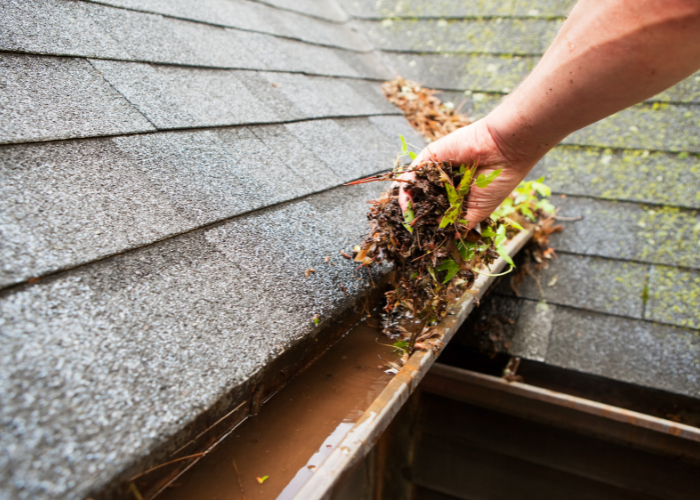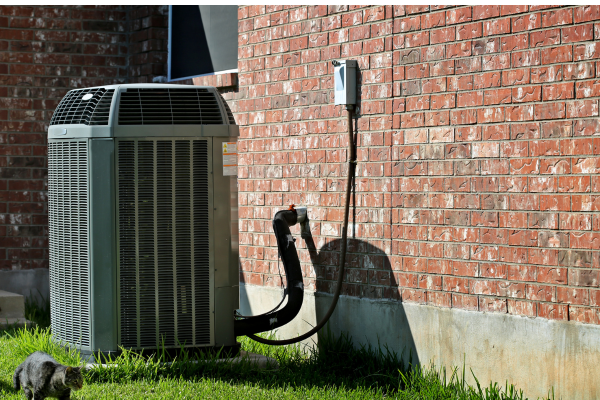Protecting Your Property and Tenants from Fire: Defensible Space
Fire safety is of utmost importance for all property owners in San Diego, where the risk of wildfires is a genuine concern. Taking proactive measures to create defensible space and implementing fire safety protocols can safeguard your property and ensure the well-being of your tenants.

Defensible Space: The First Line of Defense
Creating defensible space around your property is crucial in minimizing the risk of fire damage. Defensible space refers to the buffer zone between structures and flammable vegetation.
Regularly trim and prune trees, shrubs, and other vegetation to prevent excessive fuel build-up. Maintain a minimum clearance of 100 feet around your property, reducing the presence of combustible materials. Remove dead leaves, branches, and debris from roofs, gutters, and outdoor areas. Use fire-resistant plants and landscaping materials to mitigate fire hazards.
Implementing Defensible Space Measures
To establish defensible space, create "fuel breaks" by removing or spacing out vegetation, ensuring a gap between trees and shrubs. Prune branches within 6 feet of the ground to prevent the fire from climbing up trees, and create clearance of at least 10 feet between trees and structures.

Seeking Expert Guidance
To ensure the effectiveness of your defensible space efforts, consider seeking expert guidance from local resources and fire safety organizations.
Contact local fire departments or fire protection agencies to learn about specific guidelines and recommendations for creating defensible space in your area. Alternatively, attend community workshops, seminars, or webinars on wildfire prevention and defensible space practices.
Ascent Property Management
By implementing these proactive strategies, you can protect your property, tenants, and the surrounding environment. Remember, a well-prepared and fire-safe property mitigates risk and provides peace of mind for property managers and tenants. Stay vigilant, and stay prepared!
If you have property management questions, reach out to us today!



Share this post






